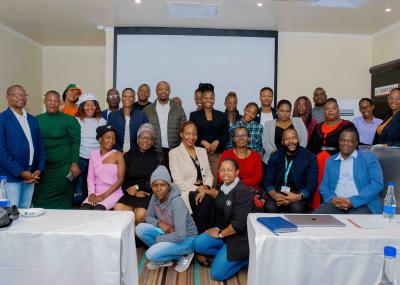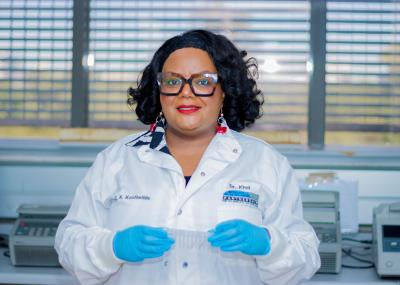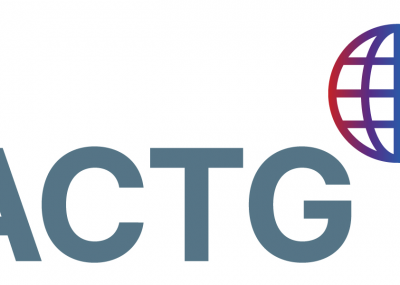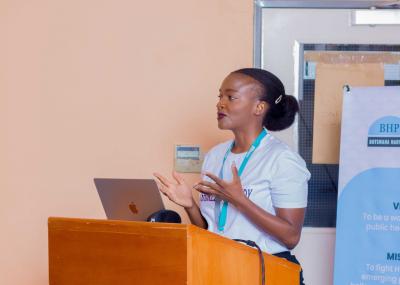Introduction: With advances in HBV therapies, there is a need to identify serum biomarkers that assess the HBV cccDNA reservoir and predict functional cure in HIV/HBV co-infection.
Methods: In this retrospective study combining samples from HIV/HBV co-infected participants enrolled in two ACTG interventional trials, proportions achieving HBsAg < 0.05 log10 IU/mL and HBV RNA < log10 1.65 U/mL or not detected (LLoQ/NEG) in response to DUAL [tenofovir TDF+emtricitabine (FTC)) vs. MONO (FTC or lamivudine (3TC)] HBV-active ART, were measured. Predictors of qHBsAg < 0.05 log10 IU/mL were evaluated in logistic regression models.
Results: There were 88 participants [58% female, median age 34; 47 on DUAL vs. 41 on MONO HBV-active ART]. 21% achieved HBsAg < 0.05 log10 IU/mL (30% DUAL vs. 10% MONO). Time to HBsAg < 0.05 log10 IU/mL was lower (p = 0.02) and the odds of achieving HBsAg < 0.05 log10 IU/mL were higher (p = 0.07) in DUAL participants. HBV RNA became <LLoQ/NEG in 47% (DUAL 60% vs. MONO 33%). qHBsAg < 3 log10 IU/mL was the strongest predictor of HBsAg < 0.05 log10 IU/mL.
Conclusion: This study supports current recommendations of TDF based DUAL-HBV active ART for initial use in HIV/HBV co-infection. HBV RNA could be a useful marker of treatment response in HIV/HBV co-infected patients on HBV-active ART.




